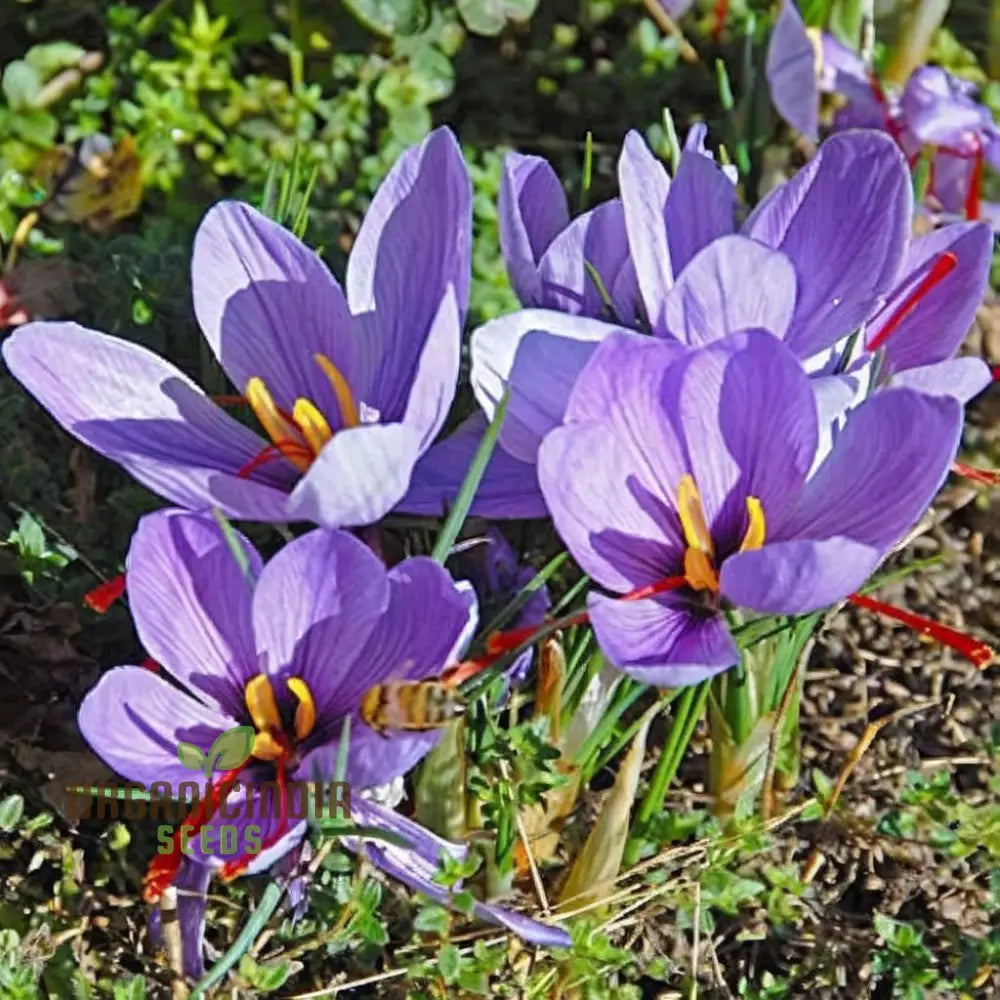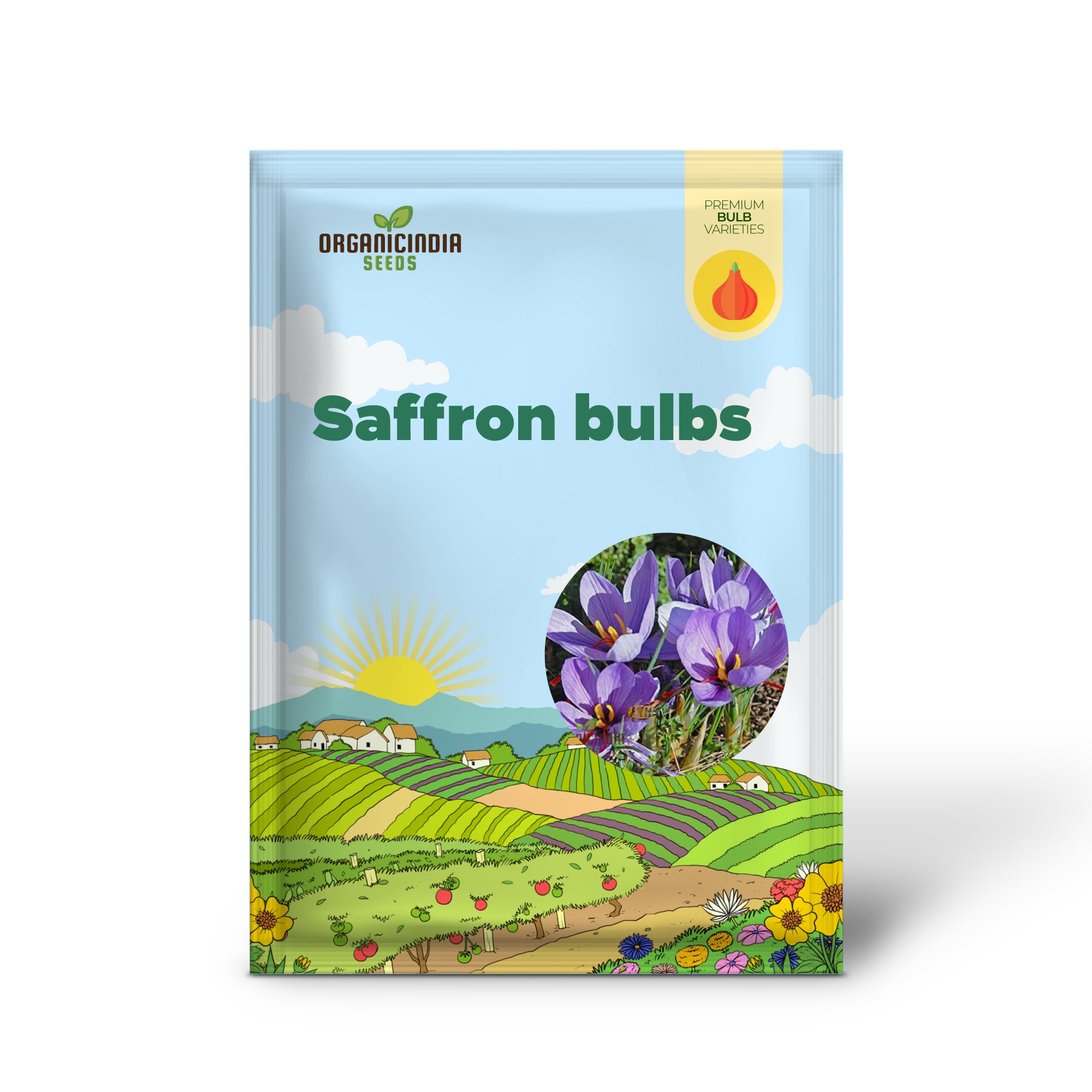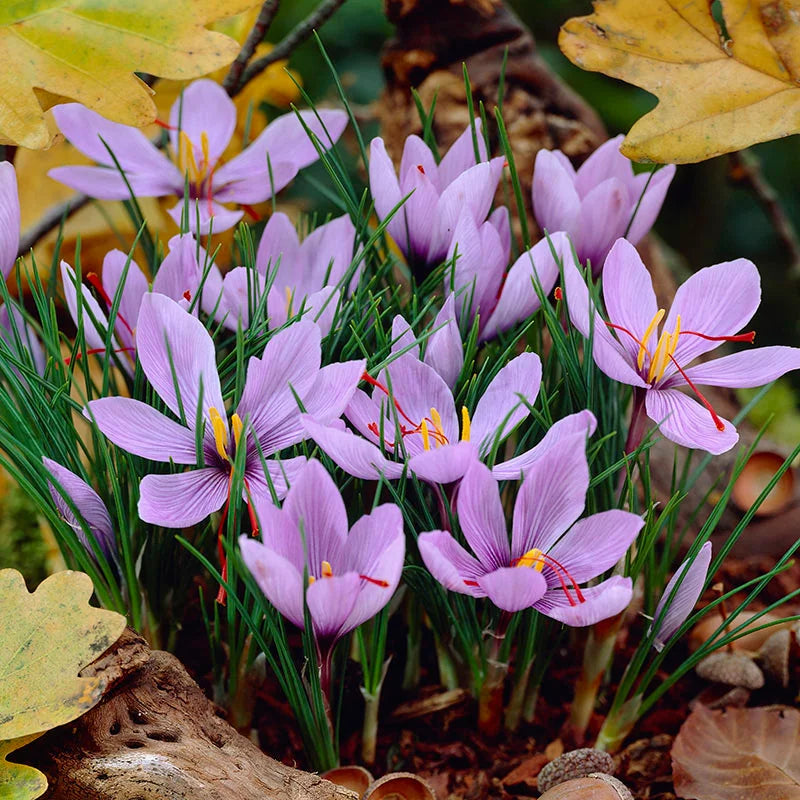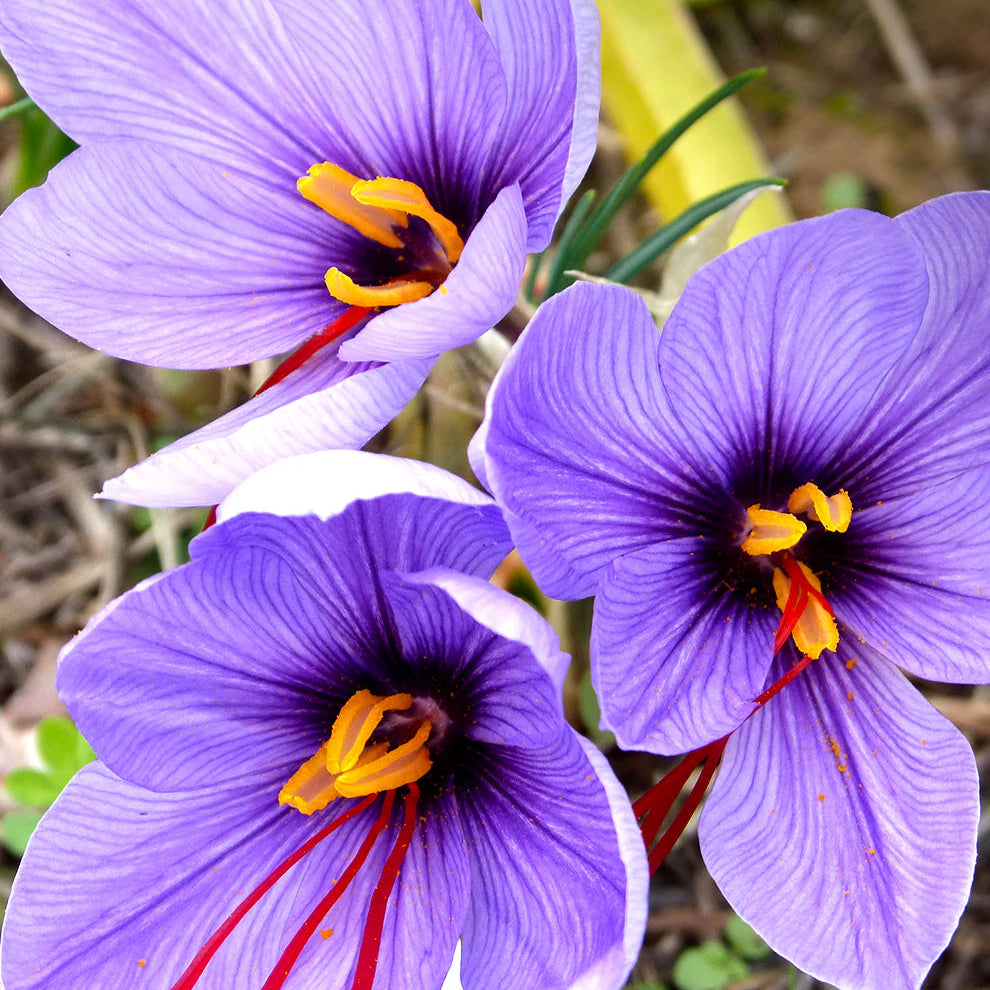





Free Shipping
Safe & Secure Payments
Botanical Intricacies: Saffron bulbs originate from the Crocus sativus plant, a member of the iris family. This perennial plant sprouts from a corm, an underground bulb-like storage organ. Each corm gives rise to multiple flowers, but it's the crimson stigmas of these flowers that hold the prized saffron spice. What's intriguing is that while each flower produces three stigmas, it takes around 150 flowers to yield just one gram of saffron, emphasizing the meticulous nature of its cultivation and the scarcity of its yield.
Geographical Influence: Saffron cultivation is closely tied to specific geographical regions characterized by the right climate, soil, and altitude. For instance, Iran, with its dry climate and well-drained soil, produces a significant portion of the world's saffron. Similarly, the La Mancha region in Spain and the Kashmir Valley in India are renowned for their saffron cultivation. These regions' unique environmental conditions play a crucial role in determining the quality and flavor profile of the saffron produced.
Historical Tapestry: Saffron's history is interwoven with tales of royalty, trade routes, and cultural exchanges. It has been revered since ancient times, with references found in texts dating back to several millennia. Saffron's journey from the fields of Persia to the tables of Europe during the Middle Ages speaks volumes about its value and desirability. It was not only a coveted spice but also a symbol of wealth and status, often used in religious ceremonies, medicinal concoctions, and even as a dye for luxurious fabrics.
Technological Advancements: While saffron harvesting still relies heavily on manual labor, modern agricultural practices and technologies have started to play a role in enhancing efficiency and yield. From precision irrigation systems to advanced drying techniques, growers are exploring ways to optimize saffron production without compromising its quality or authenticity. Additionally, research into saffron cultivation methods, including hydroponics and tissue culture, aims to address challenges such as climate change and soil degradation, ensuring the continuity of saffron farming for future generations.
Quality Assurance and Certification: Given its high value and susceptibility to adulteration, ensuring the authenticity and quality of saffron is paramount. Various organizations and regulatory bodies have established standards and certification processes to authenticate saffron and protect consumers from fraud. These certifications often involve rigorous testing for purity, potency, and presence of contaminants, providing consumers with confidence in the saffron they purchase.
Cultural Significance Beyond Cuisine: Saffron's influence extends beyond the realm of food and medicine. It permeates art, literature, and rituals, serving as a symbol of love, beauty, and spirituality. From ancient Greek mythology, where it was associated with the god Hermes, to the vibrant festivals of India, where it adorns deities and welcomes prosperity, saffron's cultural resonance is palpable. Its vibrant color and exotic fragrance have inspired artists, poets, and storytellers for centuries, immortalizing its allure in the annals of human creativity.
Choose options



